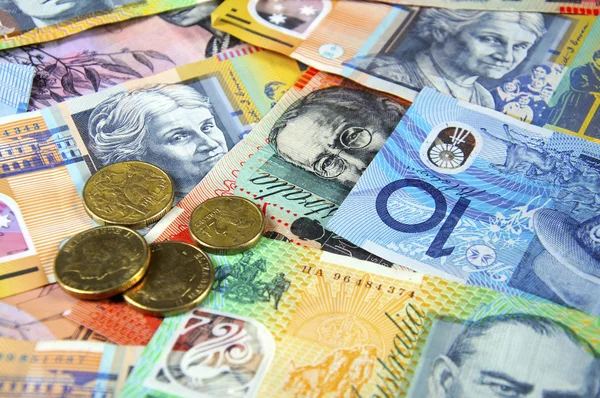Australian dollar gains ground as the RBA and Fed’s policy outlooks diverge.
On Monday, the Australian Dollar (AUD) extended its winning streak to the third consecutive session. Despite China’s mixed Purchasing Managers’ Index (PMI) results, the Australian dollar remains high. Furthermore, increased expectations that the US Federal Reserve (Fed) would continue its policy easing in November are lowering the US dollar and supporting the AUDUSD pair.
China’s Caixin Manufacturing PMI fell to 49.3 in September, from 50.4 in August.
China’s Caixin Manufacturing Purchasing Managers’ Index (PMI) declined to 49.3 in September, showing contraction, decreased from 50.4 in August. Meanwhile, the Caixin Services PMI fell significantly, dropping to 50.3 from 51.6 in August, indicating a slowdown in the services sector.
Traders will most likely focus on Fed Chair Jerome Powell’s address on Monday.
The US Dollar fell after the US Core Personal Consumption Expenditures (PCE) Price Index figures for August were released on Friday. The monthly index climbed by 0.1% month on month, falling short of the predicted 0.2% gain, in line with the Federal Reserve’s forecast that inflation in the US economy is slowing. This has reinforced the probability of the Fed engaging in an aggressive rate-cutting cycle.
The CME FedWatch Tool suggests that markets are attributing a 42.9% probability of a 25 basis point rate cut by the Federal Reserve in November, while the possibility of a 50 basis point hike is 57.1%., up from 50.4% a week earlier.
Daily Digest Market Movers: Australian Dollar increases due to the RBA’s hawkish stance.
China’s NBS Manufacturing Purchasing Managers’ Index (PMI) increased to 49.8 in September, up from 49.1 the previous month and higher than the market consensus of 49.5. However, the non-manufacturing PMI fell to 50.0 in September, down from 50.3 in August and below the predicted 50.4.
The Reserve Bank of Australia’s (RBA) hawkish approach helps to boost the Australian dollar. The RBA maintained its cash rate at 4.35% for the seventh consecutive meeting, stating that the policy would need to remain tight in order to moderate inflation.
According to the Financial Times, St. Louis Federal Reserve President Alberto Musalem announced on Friday that the Fed should start lowering interest rates “gradually” after a larger-than-usual half-point cut at the September meeting. Musalem acknowledged the potential of the economy weakening more than expected, adding, “If that were the case, then a faster pace of rate reductions might be appropriate.”
Australian Treasurer Jim Chalmers held open and productive meetings with the National Development and Reform Commission (NDRC).
During his visit to China, Australian Treasurer Jim Chalmers held open and productive meetings with the National Development and Reform Commission (NDRC). Chalmers cited China’s economic downturn as a crucial contributor to poorer global growth, while hailing the country’s latest stimulus measures as a “really welcome development.”
The US Gross Domestic Product Annualized rose by 3.0% in the second quarter, as previously predicted, according to the US Bureau of Economic Analysis (BEA) on Thursday. Meanwhile, the GDP Price Index increased 2.5% in Second quarter.
China intends to invest more than CNY 1 trillion in capital into its main state banks, despite concerns such as narrowing margins, dropping revenues, and rising bad loans. This large cash infusion would be the first of its type since the 2008 global financial crisis.
According to the Reserve Bank of Australia’s Financial Stability Review for September 2024, the Australian financial system is still resilient, with risks largely contained. However, noteworthy worries include stress in China’s banking system and Beijing’s weak response to these challenges. Domestically, a tiny but growing number of Australian home borrowers are falling behind on their payments, with just approximately 2% of owner-occupier borrowers in significant danger of default.
The Commonwealth Bank of Australia (CBA) expects that the RBA’s consumption predictions should be revised downward in November. The RBA has already identified downside risks to its present outlook. This prospective change, together with estimates of further increases in unemployment and lowered mean inflation that correspond with the CBA’s forecasts, might position the RBA to cut interest rates before the end of the year.









